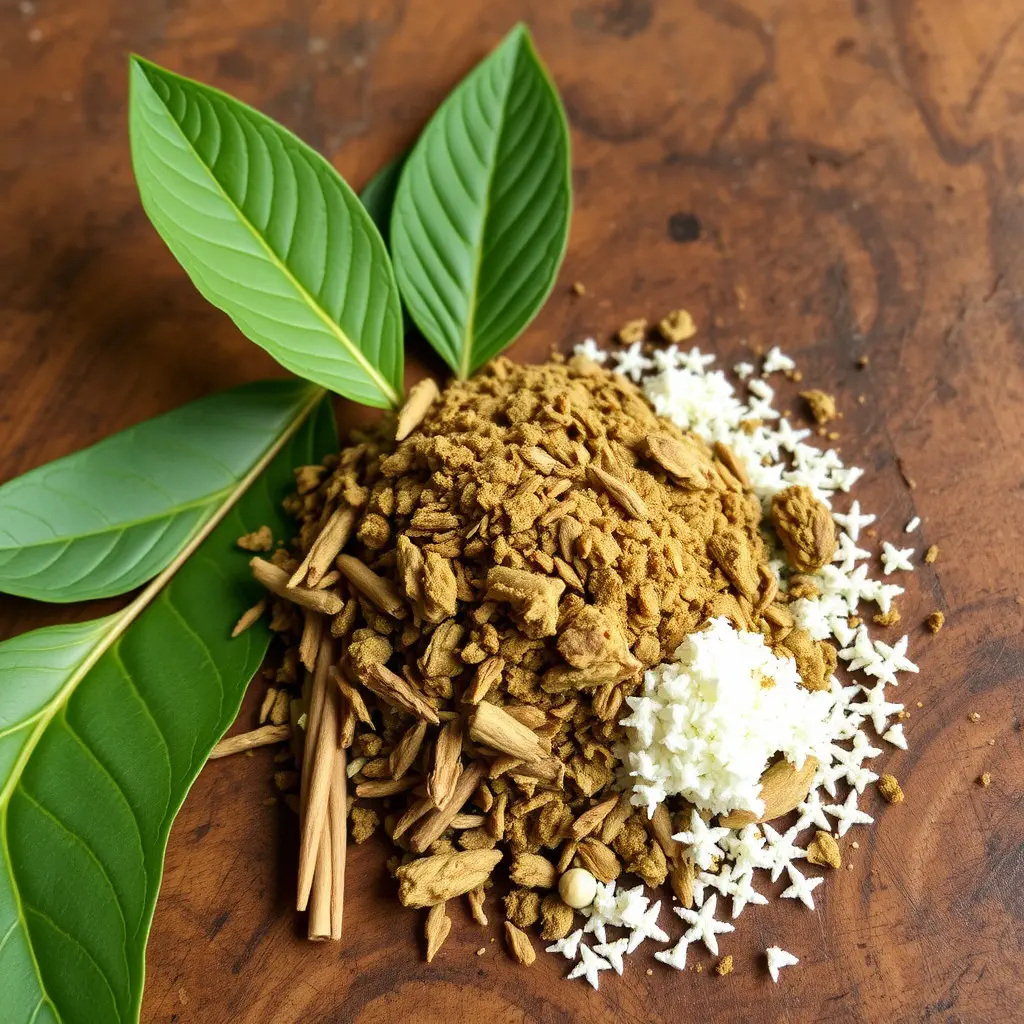2023 has seen significant legal shifts for kratom in Indiana and nationwide, reflecting a complex and contentious debate. Initially categorized as a synthetic drug under state law in 2016, public opposition and legal challenges led to its delisting in Indiana by 2018, aligning with federal regulations and allowing for its sale and possession. However, the DEA's proposal to classify kratom as a Schedule I substance remains contentious, with public resistance and judicial interventions influencing its regulation. The legal status of kratom is subject to rapid change and varies across states, including Indiana, where specific laws, such as the Indiana Kratom Consumer Protection Act, ensure consumer safety and product quality. Athletes considering kratom for performance enhancement must navigate this evolving landscape by being fully informed about local regulations, understanding its potential effects on energy levels, fatigue, and mood, and consulting healthcare professionals to weigh the benefits against the risks. Prudent use of kratom in athletic training involves adhering to legal standards, beginning with low doses to assess individual sensitivity, and sourcing from reputable providers that provide transparent labeling and third-party testing for purity. The Indiana Kratom Law serves as a microcosm for the broader discussion on the herb's role in athletic performance enhancement strategies, highlighting the importance of legal compliance and responsible use within this dynamic regulatory environment.
Exploring the multifaceted impact of kratom on athletic performance, this article unveils the nuances surrounding its use within the realm of sports and fitness. As we delve into ‘Athletic Performance Enhancement with Kratom Guidance,’ we navigate the complex legalities governing its consumption in Indiana and across the nation, referencing the specific Indiana kratom law. This exploration is designed to equip athletes and trainers with a comprehensive understanding of how kratom can be safely integrated into training regimens, ensuring compliance with current legislation. Join us as we chart this intriguing intersection of natural supplementation and athletic excellence.
- Understanding Kratom and Its Role in Athletic Performance Enhancement
- The Legal Landscape of Kratom Use in Indiana and Beyond
- Strategies for Safely Incorporating Kratom into Athletic Training and Competition with Reference to Indiana Kratom Law
Understanding Kratom and Its Role in Athletic Performance Enhancement

Kratom, a plant originating from Southeast Asia, has garnered attention within athletic communities for its potential impact on performance enhancement. The primary active compounds in kratom are mitragynine and 7-hydroxymitragynine, which have been observed to affect the brain’s opioid receptors, potentially leading to increased energy, reduced fatigue, and improved mood. These effects can be advantageous for athletes seeking to optimize their performance. However, it’s crucial to approach this topic with caution, as the scientific research on kratom is still evolving, and its regulatory status varies; for instance, in Indiana, specific laws govern its use, classifying it as a controlled substance. Athletes looking to incorporate kratom into their regimen should be well-informed about these legal distinctions and consult with healthcare professionals, given the potential for both benefits and risks associated with its consumption. The Indiana kratom law reflects the nuanced regulatory environment surrounding this herbal supplement, emphasizing the importance of understanding local legislation when considering kratom as part of an athletic performance enhancement strategy.
The Legal Landscape of Kratom Use in Indiana and Beyond

As of the knowledge cutoff in 2023, the legal status of kratom in Indiana and across the United States has been subject to significant changes and debates. In Indiana specifically, kratom was initially placed under the state’s synthetic drug law in 2016, effectively making it illegal to possess or sell. However, this classification sparked intense public discourse and a series of legal challenges that led to a reevaluation of its placement. Subsequently, the state amended its position on kratom by delisting it as a synthetic drug in 2018, thus allowing its sale and possession within Indiana’s borders under federal guidelines. This change was a significant victory for advocates who argued for the herb’s safe use and potential benefits for pain management and other health concerns.
Beyond Indiana, the legal landscape of kratom is navigating a complex web of state and federal regulations. The DEA has previously attempted to classify kratom as a Schedule I substance at the federal level, which would have imposed strict controls on its distribution and use nationwide. However, public outcry and intervention from the courts stayed such decisions, reflecting the ongoing debate about the proper regulatory framework for kratom. As of the latest updates, kratom’s legal status remains a dynamic issue, with various states taking different approaches to regulate or ban its use. It is imperative for individuals interested in kratom to stay informed about the evolving legal landscape as it can change rapidly and significantly impact access to the herb. Always refer to the most current state legislation or federal guidelines when considering the use of kratom, as legalities are subject to change and may vary by location within the United States.
Strategies for Safely Incorporating Kratom into Athletic Training and Competition with Reference to Indiana Kratom Law

When considering the integration of kratom into an athletic training regimen, it is imperative to approach the subject with caution and adherence to legal frameworks. The Indiana Kratom Law plays a pivotal role in guiding the use of this botanical supplement within the state’s boundaries. Athletes looking to incorporate kratom should first consult with healthcare professionals and ensure compliance with local regulations, as kratom’s status can vary by jurisdiction. Proper dosing and timing are critical factors for safely utilizing kratom; it can be used to enhance endurance or alleviate pain during recovery periods. The effects of kratom can range from stimulant-like qualities at lower doses to opioid-like effects at higher dosages, making it a potentially useful tool when applied responsibly.
To safely incorporate kratom into athletic training and competition, athletes should start with low doses to gauge individual responses. Monitoring one’s tolerance and sensitivity to the compound is essential for optimizing its benefits without risking adverse effects. It’s also crucial to be aware of the Indiana Kratom Consumer Protection Act, which regulates the sale and distribution of kratom products within the state. This legislation not only safeguards consumer rights but also imposes strict quality controls on products available for purchase. Athletes should source their kratom from reputable vendors who provide transparent labeling and third-party testing results to ensure purity and potency. By following these guidelines, athletes can leverage kratom’s potential in a manner that aligns with both performance goals and legal standards as outlined by the Indiana Kratom Law.
In conclusion, the exploration of kratom’s potential in athletic performance enhancement must be approached with a clear understanding of its mechanisms and regulatory status. As outlined in this article, ‘understanding kratom and its role in athletic performance enhancement’ provides insights into how this substance can be utilized. However, it is imperative to navigate the ‘legal landscape of kratom use in Indiana and beyond,’ as defined by the Indiana kratom law, to ensure compliance and safety. Athletes and coaches considering kratom as part of their training regimen should adhere to the ‘strategies for safely incorporating kratom into athletic training and competition’ while abiding by state laws. The Indiana kratom law serves as a guide for responsible use within the state, emphasizing the importance of legal awareness and informed decision-making in this realm. It is through careful consideration and adherence to these guidelines that athletes can potentially harness the benefits of kratom, all while respecting the legal framework governing its use.






